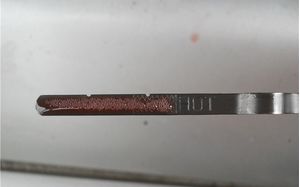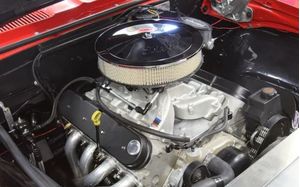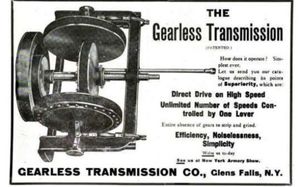Transmission repair shops near your location.
-
Haydar's LLC

- +1 614-291-1300 Call now
- Located in Columbus, 1134 Corrugated Way, OH, United States of America (USA)
-
AAMCO Transmissions & Total Car Care, Columbus 3

- +1 614-274-1164 Call now
- Located in Columbus, 1385 W Broad St, OH, United States of America (USA)
-
Goodale Auto Truck Parts

- +1 614-294-4777 Call now
- Located in Columbus, 1100 E 5th Ave, OH, United States of America (USA)
-
Quality Transmission, Columbus

- +1 614-784-8030 Call now
- Located in Columbus, 820 E Hudson St, OH, United States of America (USA)
Automatic transmission is currently installed on a large number of cars, but drivers are divided in their opinions about it. Some agree that it is extremely convenient, others say that it is more trouble than good. In particular, the claims relate to very expensive repair rates, because certainly, just as any other engineered element, it sometimes fails.
Some shops opt to just replace all the solenoids on the valve body. On some models that makes sense as the replacement solenoids are fairly cost effective. For other models, the cost of either OEM or aftermarket replacement solenoids do make it worthwhile to test and only replace the ones that are worn or faulty.
Nowadays, there is still no ideal solutions on how to transmit torque from the engine to the drive wheels — actually, there’s not even a universal agreement on the best location for the switching mechanism that controls the ratio changes.
When
we talk about testing, we not only need to understand why we are testing it,
but more importantly, the
how do we test it. The “why” is fairly
straight forward, as we want to determine if it is still functioning properly
and that we can reuse it. The how to
test it might not be as clear, and there are multiple methods of how to test,
and sometimes opinions on how to test that are not always accurate.
Not always bubbles on transmission dipstick are caused by insufficient ATF (transmission oil) level or its overflow. Problem can be more serious. As a rule, this symptom indicates certain
faults in the transmission operation. In
most cases, transmission fluid foaming is caused by abnormal ATF levels, but sometimes it is a result of transmission being damaged badly.
If you are used to keeping everything under control, including the gear shifting process in your classic car, you should certainly consider using an advanced electronic transmission in your motorcar. If you make up your mind to give it a try, you will need an additional transmission module/controller to move the performance capacity of your car to a new level.
Despite the fact that today cars equipped with manual transmissions become obsolete and get replaced with more advanced automatic models, it still can be useful to know how to drive a stick shift, especially if you plan to steal a manually shifting car. And a recent story from Canada proves this point.
Much like modern automotive trend on shifting from with manual transmissions to more confortable automatics, in the first decade of the last century there was a demand for a semi-automatic transmission that operated without the driver involvement. And automotive engineers of that time had some interesting engineering solutions to offer.
Automatic transmissions have revolutionized the driving experience, providing seamless gear shifting and effortless maneuverability. But have you ever wondered how these marvels of engineering actually work? In this comprehensive article, we will take a deep dive into the inner workings of automatic transmissions
Torque converter tuning is a crucial aspect of optimizing vehicle performance and efficiency. By fine-tuning the torque converter, you can unleash the true potential of your vehicle's powertrain, enhancing acceleration, improving fuel economy, and reducing wear on the transmission.














